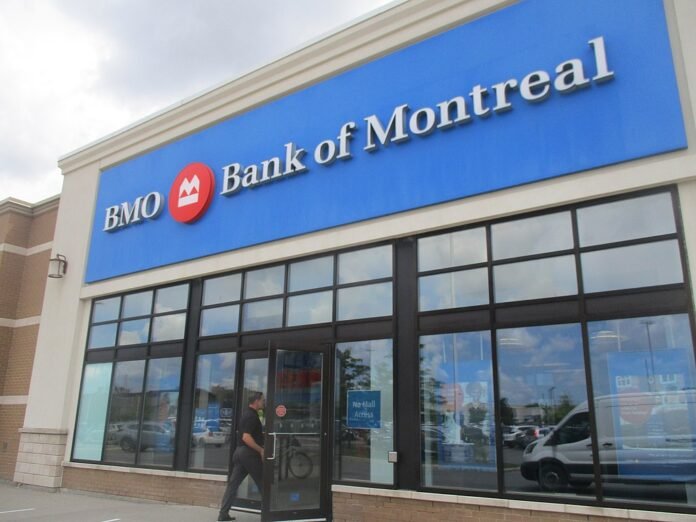BMO economist estimates a shift to Canadian goods could add $10 billion annually to Canada’s economy.
The “Buy Canadian” movement, born out of the economic tensions surrounding U.S. President Donald Trump’s tariffs, could have a profound impact on the Canadian economy, potentially adding up to $10 billion annually, according to a new analysis from BMO economist Robert Kavcic.
While it might seem like a patriotic gesture, this consumer-led initiative has the potential to deliver a significant economic boost, lifting Canada’s growth by an estimated 0.3 percentage points. In a conversation with The Star, Kavcic described it as “a pretty meaningful source of stimulus for the Canadian economy.”
This movement, while not enough to offset the full fallout of the trade war—including a depreciating Canadian dollar, rising unemployment, and looming recession threats—could help cushion the impact, according to Kavcic. He compared the effect to a potential $10-billion stimulus program released by a provincial or federal budget—an effort that would certainly grab national attention.
Embed from Getty ImagesHowever, Kavcic highlighted the challenges involved. He noted that avoiding imports entirely is impractical for many Canadian households. Canada is a net importer of various consumer goods, from electronics to cars, making a complete shift toward domestic products both costly and unrealistic. For example, 35 per cent of household goods are reliant on imports. While items like groceries might be more easily replaced with local options, personal care products and clothing often come with higher costs.
Nonetheless, a modest shift in spending towards Canadian products could still yield significant results, adding around $6 billion to the national economy alone. This change is already being observed, as more than half of Canadian consumers are opting for local goods over U.S. imports due to the ongoing trade conflict.
While some Canadians are willing to pay a bit more for Canadian-made products, others are grappling with the high cost of living and can’t afford the price jump. Kavcic acknowledged this dilemma, emphasising that the cost factor remains a major hurdle for many families trying to embrace the movement.
Interestingly, the effects of the “Buy Canadian” initiative aren’t just limited to consumer goods. Canadians are also choosing to spend their travel dollars locally, avoiding cross-border trips to the U.S. In February, travel by car across the border was down as much as 30 per cent compared to the previous year, as the trade tensions escalated. This shift in travel spending is contributing to a boost in local tourism and hospitality sectors, as airlines and travel companies report a decline in bookings to the United States.
Each year, Canadians spend around $60 billion on travel abroad, so even a small shift toward domestic travel could fuel the economy. Moreover, more government spending on Canadian businesses could add another $4 billion in value to the economy. Kavcic pointed to initiatives like Ontario’s Building Ontario Business program, which aims to direct $3 billion in contracts annually toward provincial businesses, as an example of how government support can further boost the movement.
With a growing commitment to local businesses, more provinces are joining the “Buy Canadian” movement. This week, Liberal Leader Mark Carney also introduced plans to make national parks and historic sites available for free this summer, encouraging more Canadians to enjoy local attractions as they forgo trips to the U.S.
The “Buy Canadian” initiative, while born from necessity, is now becoming a strategic economic advantage, with the potential to transform consumer habits and help boost Canada’s economy in the face of ongoing global challenges
